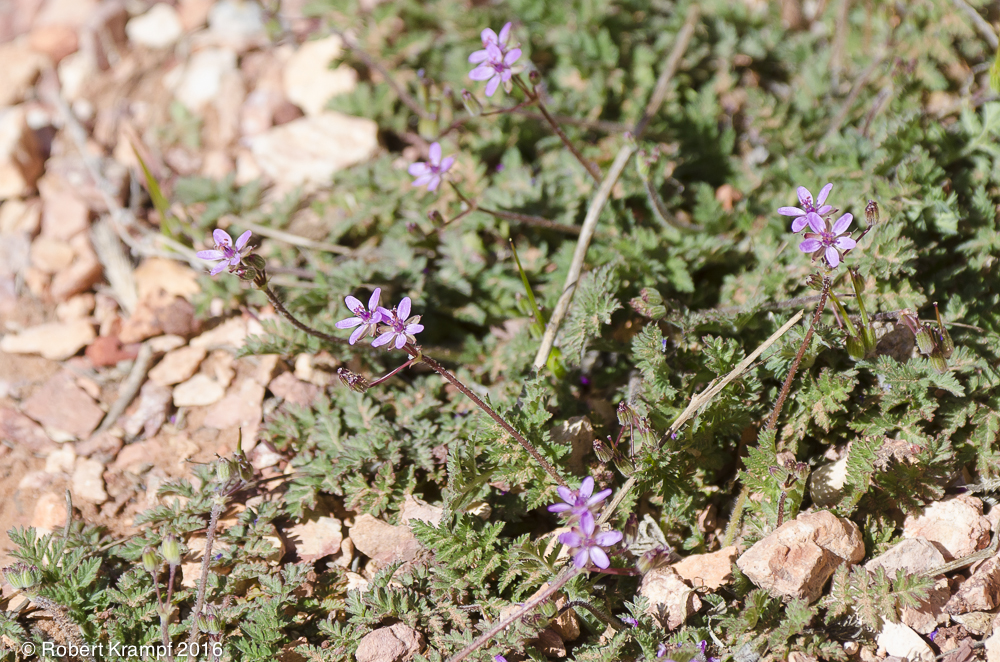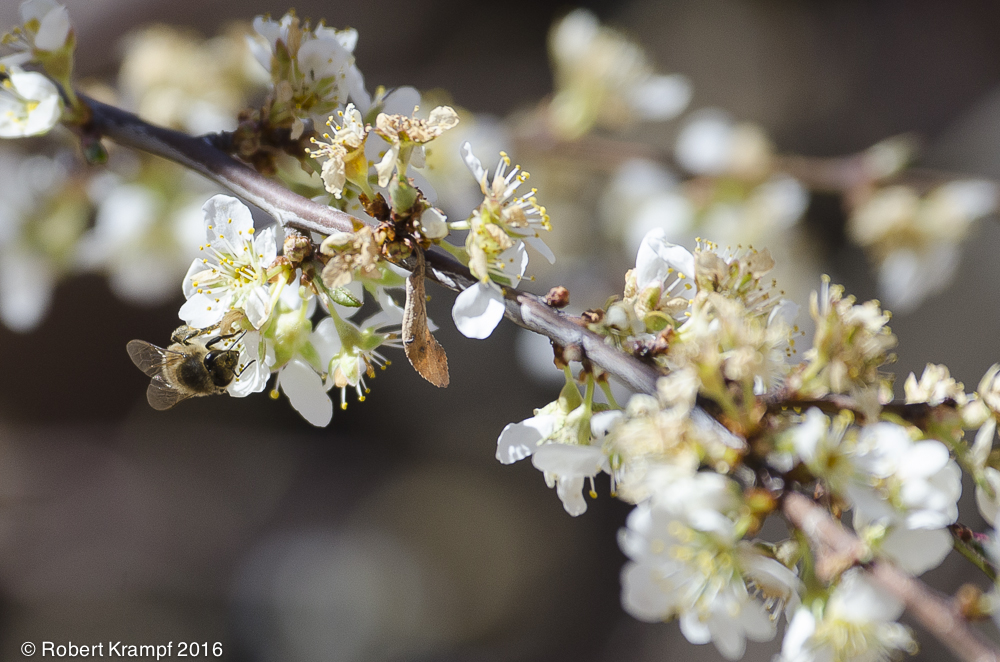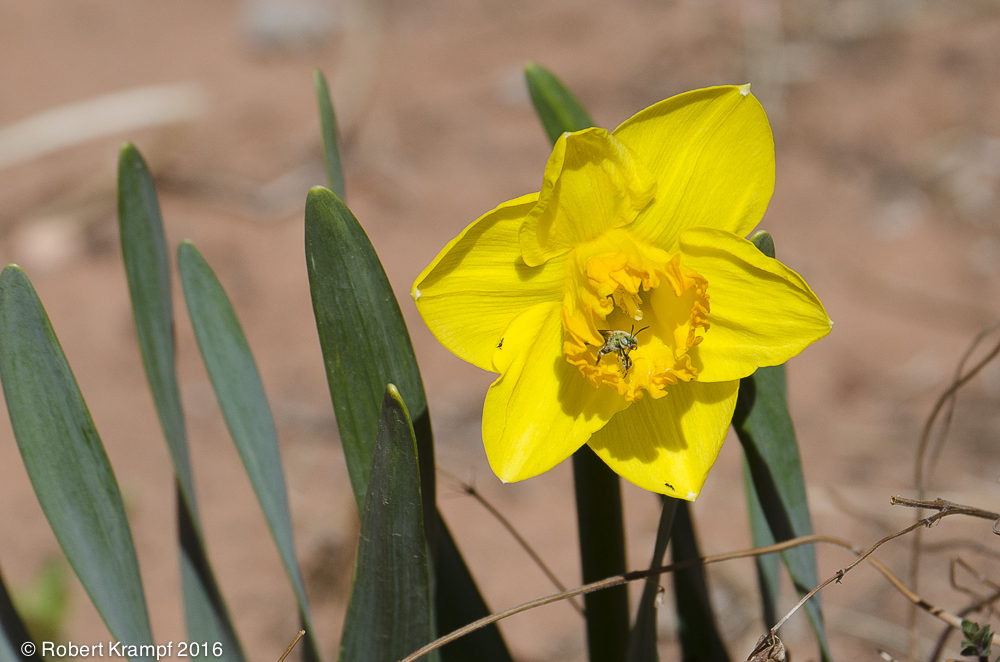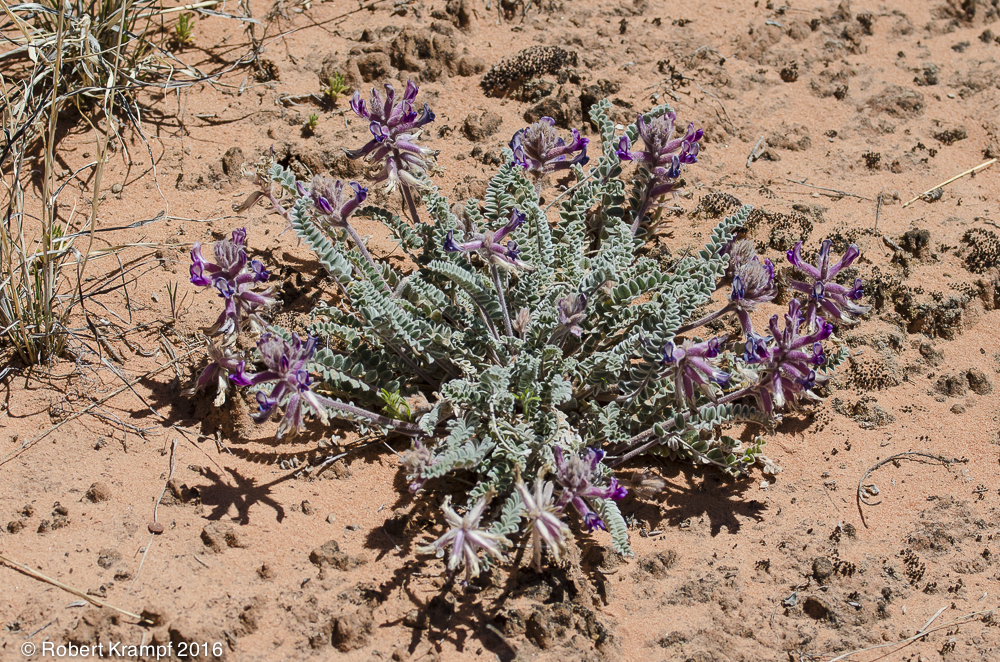
Spring continues to progress in Johnson Canyon. Our hummingbirds have begun arriving, and the flowers are drawing lots of pollinators. This Black Chinned Hummingbird was the first to show up at the feeder, on exactly the same day they showed up last year and the year before.

As I discussed in last year's video on "Quadrats", Storksbill (Erodium cicutarium) is one of our earliest wildflowers, and is an important source of food for early insects.

Our fruit trees are flowering, and attracting the honeybees that live in a hole in our cliff. We have apple trees, peach trees, and a couple that I have not identified yet. Our cold springs always seem to freeze the flowers before we get any fruit, but we keep hoping.

Besides honeybees, the trees also attract a variety of butterflies, flies, and other pollinators.

Nancy's daffodils are also blooming, and attracting their share of pollinators, including a wide variety of native bees. With all of the news coverage of problems with honeybee colonies, many people forget about all of the native bees that also pollenate flowers.

Up on our cliff, the spring season has progressed faster than it has down here. The small meadow half way up the cliff already has a large crop of locoweed that is attracting lots of bees and butterflies. The rocks of the cliff soak up heat during the day, and keep the plants warmer at night, letting the flowers bloom earlier. We notice the same thing near the base of the cliff. The closer you get to the rocks of the cliff, the earlier the plants sprout and bloom. Plants that are just starting to sprout near the house are already six inches tall near the cliff.
